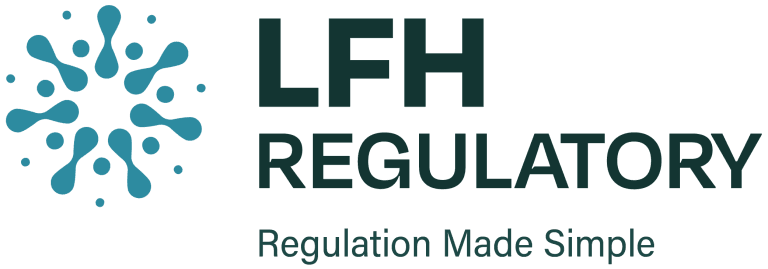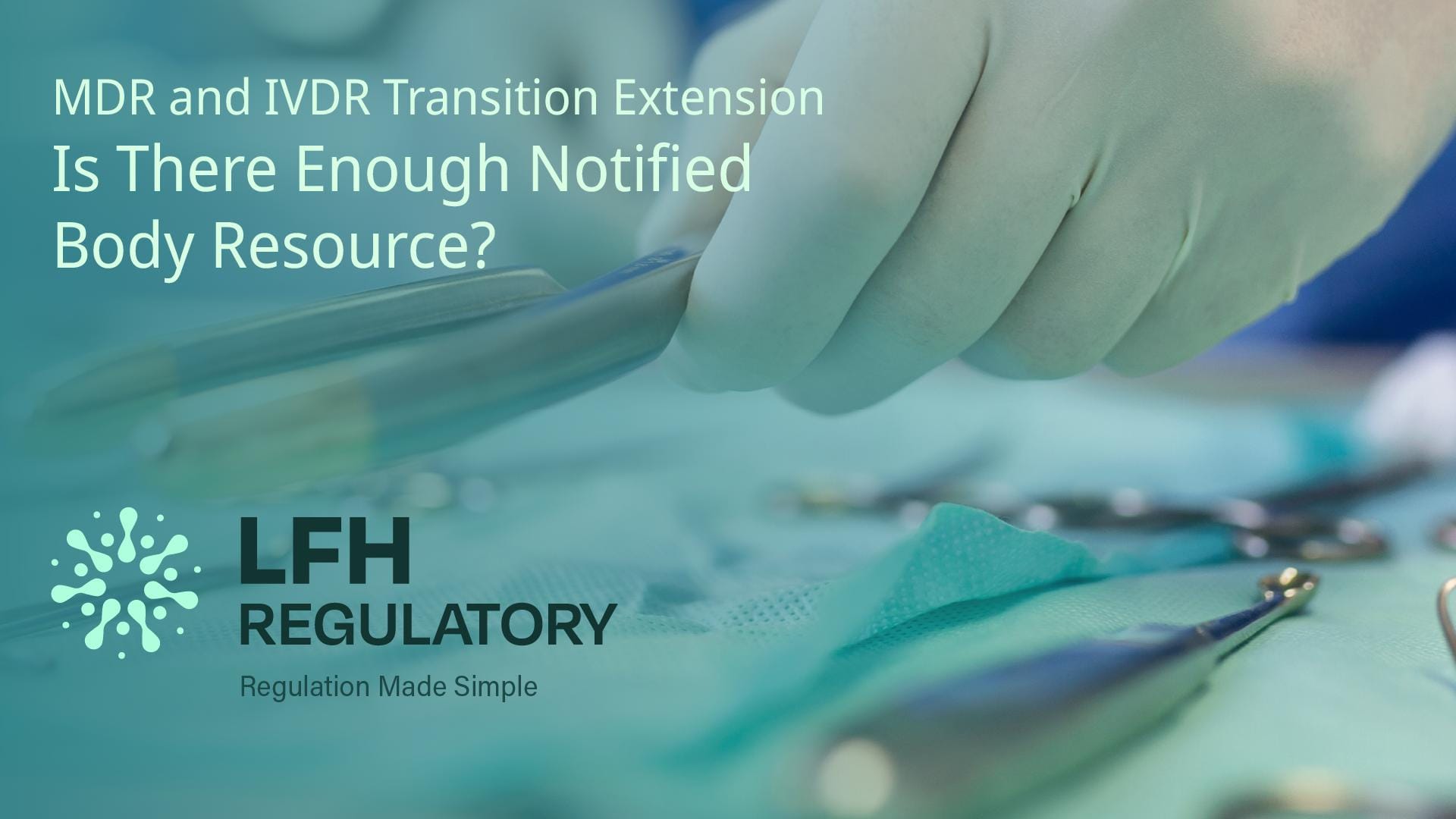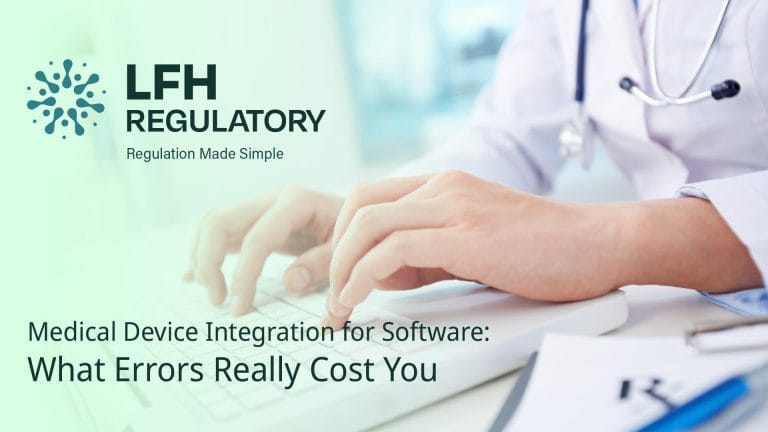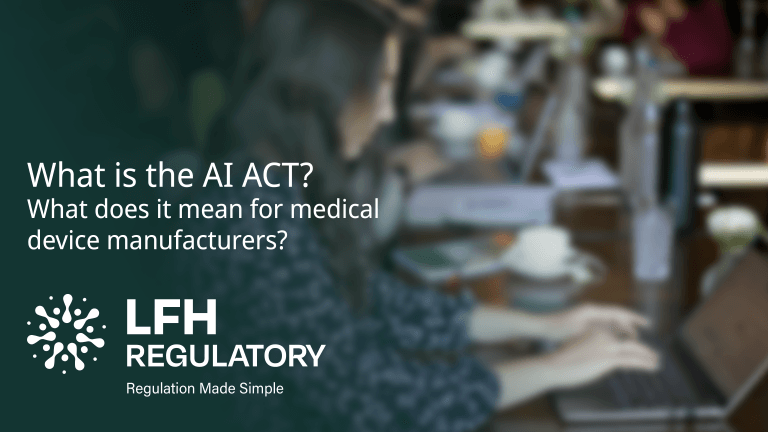In May 2017, the EU Medical Device Regulation 2017/745 (MDR) and In Vitro Diagnostic Regulation 2017/746 (IVDR) entered into force to replace the existing legislation for the Medical Device Directive (MDD) 93/42/EEC, Active Implantable Medical Devices Directive (AIMDD) 90/385/EEC and In vitro Diagnostic Directive (IVDD) 98/79/EC. The initial transitional period for the MDR was three years, with an extension of 1 year due to the COVID-19 pandemic and five years for the IVDR.
Although there is a steady increase in the number of notified bodies (38 as of March 2023) who are designated in accordance with the EU MDR, it is evident that this is not sufficient to satisfy the large number of device certificates which come under MDD 93/42/EEC and AIMDD 90/385/EEC prior to May 2024. This is not necessarily the case for notified bodies designated under IVDR, with a total of 10 certified to date.
Due to the challenges faced to certify manufacturers under the EU MDR, including the COVID-19 pandemic, it is also evident that many manufacturers are not sufficiently prepared to meet the current legislation requirements. The European Council have therefore approved extending the transitional period for medical devices.
At present, it is estimated that a total of 21,376 certificates are issued under MDD 93/42/EEC and AIMDD 90/385/EEC. As of October 2022, notified bodies reported a total of 8,120 applications in relation to certifying under the EU MDR, with 1,990 certificates issued and an estimated 7,000 certificates to be issued by May 2024, should the current rate remain the same. The data presented would suggest that there could be over 14,000 manufacturers left without a valid MDR certificate.

Source: European Commission, based on data provided by 30 notified bodies in October 2022.
It should be noted that there is no data available in relation to certificates issued under IVDD or the number of current applications for IVDR vs manufacturers with IVDR certification status. With the data presented above, it would be anticipated that the same issues are evident in relation to the potential of manufacturers being left without a valid IVDR certificate.
Failure of manufacturers to certify under the EU MDR/IVDR could result in them no longer being able to place products on the EU market. This could have a detrimental impact on device delivery, resulting in market shortage and the potential to put patients at risk. It could also decrease business continuity and innovation, preventing the latest technology from reaching patients.
The Medical Device Coordination Group (MDCG) also recognised the current challenges in relation to the capacity of notified bodies and the readiness of manufacturers. On 14th June 2022, the Employment, Social Policy, Health and Consumer Affairs Council (EPSCO) held a meeting where Health Ministers expressed their concerns in relation to these challenges and proposed actions, which are highlighted within MDCG 2022-14 – Transition to the MDR and IVDR – Notified body capacity and availability of medical devices and IVDs.
Fundamental changes
Key changes to the extension periods for transition to the Regulations are as follows:
Extension of the transitional period under the MDR for higher risk class III devices and certain class IIb implantable devices to comply with EU MDR requirements by 31st December 2027. The extension of the transitional period for medium and lower-risk devices for other class IIb devices, class IIa, class Im, Is, and Ir devices to comply with EU MDR requirements by 31st December 2028. It should be noted that these extensions are subject to certain conditions, which include market surveillance, quality management systems and engagement with notified bodies.
Extension of the transitional period under IVDR has a staggered approach, with high-risk devices having a transition period ranging from 26th May 2025 to lower-risk devices having a transition period between 26th May 2027 to 26th May 2028 for certain provisions concerning devices manufactured and used in health institutions.
The above extensions will allow patients to access a wider range of devices. Although there has been an extension to the transitional period from directive to regulation, it is strongly recommended that you continue your transition progress due to the current availability of notified bodies.
The data presented in this blog demonstrates that there is not enough notified body resource to handle the current demand from manufacturers. Hence, the EU Commission has put in place transition extensions to the current timeframes. It is also evident that manufacturers are simply not prepared for the changes to the regulatory landscape. The question on everyone’s mind is whether there will be further delays to the already extended transitional timeframes.
Although there has been an extension to both regulations that provide short-term relief to the MedTech industry, it is strongly recommended not to slow down your transitional plans and to pursue your transition journey. It is known across the industry that there is currently a lack of notified body resources; hence the sooner you communicate with your notified body, the sooner you will be able to understand their current timeframes to facilitate your transition from directive to regulation. Planning is key here in order to be successful and to ensure your business is prepared for accreditation under the applicable regulations prior to the transitional deadlines.
How can we help
LFH Regulatory has a team of experts who are ready to fully support you with transitioning from the Medical Device Directive/ In Vitro Diagnostic Directive to the Medical Device Regulation / In Vitro Diagnostics Regulation. We will support you with preparing technical files for notified body conformity assessment, including risk management, clinical evaluation documentation, post-market surveillance and more. Contact us today to see how we can help.
References
Proposal for a Regulation of the European Parliament and of the office amending Regulations (EU) 2017/745 and (EU) 2017/746 as regards the transitional provisions for certain medical devices and in vitro diagnostic medical devices: https://eur-lex.europa.eu/legal-content/EN/TXT/?uri=CELEX%3A52023PC0010&qid=1634260830883
Regulation (EU) 2023/607 of the European Parliament and of the Council of 15th March 2023 amending Regulations (EU) 2017/745 and (EU) 2017/746 as regards the transitional provisions for certain medical devices and in vitro diagnostic medical devices: https://eur-lex.europa.eu/legal-content/EN/TXT/?uri=uriserv%3AOJ.L_.2023.080.01.0024.01.ENG&toc=OJ%3AL%3A2023%3A080%3ATOC
MDCG 2022-14 – Transition to the MDR and IVDR – Notified body capacity and availability of medical devices and IVDs: https://health.ec.europa.eu/latest-updates/mdcg-2022-14-transition-mdr-and-ivdr-notified-body-capacity-and-availability-medical-devices-and-2022-08-26_en
MDCG 2022-14 – Transition to the MDR and IVDR – Notified body capacity and availability of medical devices and IVDs: https://health.ec.europa.eu/latest-updates/mdcg-2022-14-transition-mdr-and-ivdr-notified-body-capacity-and-availability-medical-devices-and-2022-08-26_en
Frequently Asked Questions on the MDR and IVDR Transition Periods
Why were the MDR and IVDR transition periods extended?
The EU extended the MDR and IVDR transitional periods due to the shortage of notified body capacity, the large number of certificates expiring, and delays caused by the COVID-19 pandemic. The extensions aim to prevent shortages of medical devices and diagnostics on the EU market.
What are the new MDR transition deadlines?
High-risk devices such as Class III and certain Class IIb implantables must comply by 31 December 2027. Medium- and lower-risk devices (Class IIb, IIa, Im, Is, Ir) must comply by 31 December 2028, provided they meet certain conditions, such as maintaining a valid QMS and engaging with a notified body.
What are the new IVDR transition deadlines?
IVDR has a staggered timeline. High-risk devices must comply by 26 May 2025, while medium- and lower-risk devices have transition deadlines ranging from 2027 to 2028. Some provisions for health institution-manufactured devices also extend until 2028.
What happens if a manufacturer does not transition in time?
If manufacturers do not obtain MDR or IVDR certification before the deadlines, their devices can no longer be placed on the EU market. This could lead to product withdrawal, supply chain disruption, and patient risk.
Should manufacturers wait because of the extension?
No. Despite the extension, notified body capacity remains limited. Manufacturers are strongly advised to continue transition plans without delay, engage with notified bodies early, and prepare technical documentation well ahead of deadlines.
How can LFH Regulatory support manufacturers during transition?
LFH Regulatory assists with preparing technical files, clinical evaluation reports, risk management, post-market surveillance, and full notified body submission support. Our team ensures a smooth and compliant transition to MDR and IVDR.
- Johnny Pawlikhttps://lfhregulatory.co.uk/author/johnnymantrahq-com/
- Johnny Pawlikhttps://lfhregulatory.co.uk/author/johnnymantrahq-com/
- Johnny Pawlikhttps://lfhregulatory.co.uk/author/johnnymantrahq-com/
- Johnny Pawlikhttps://lfhregulatory.co.uk/author/johnnymantrahq-com/



